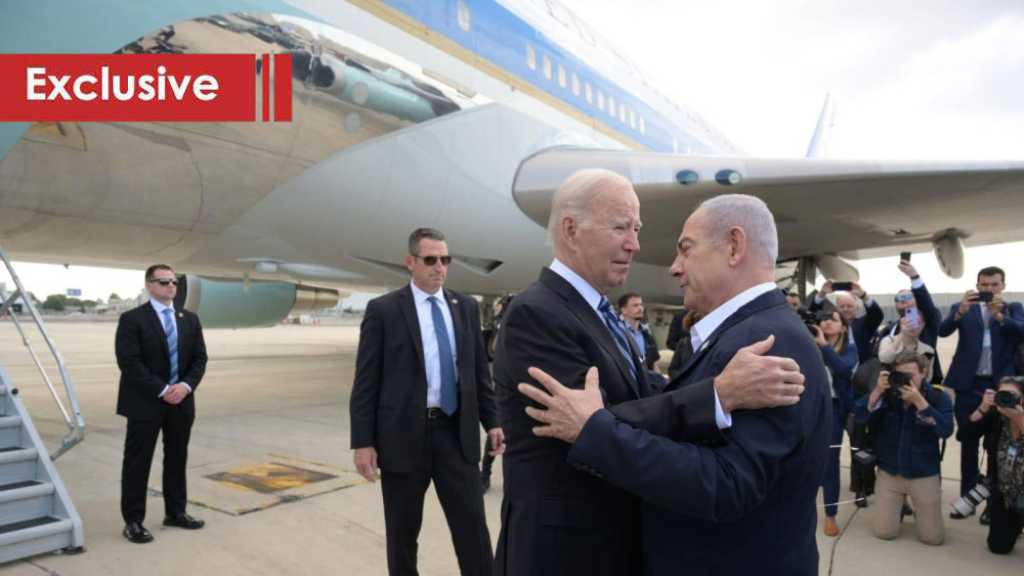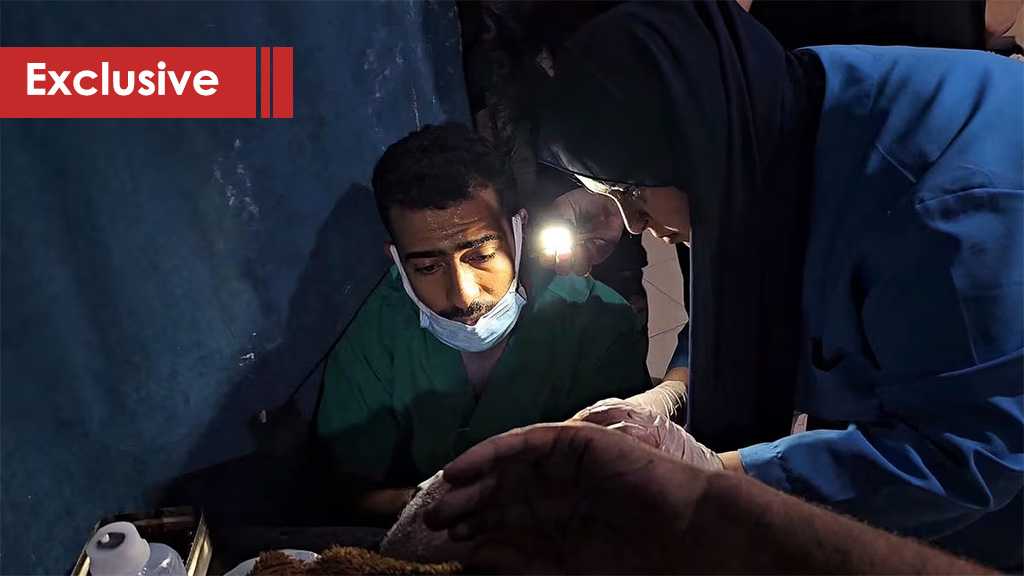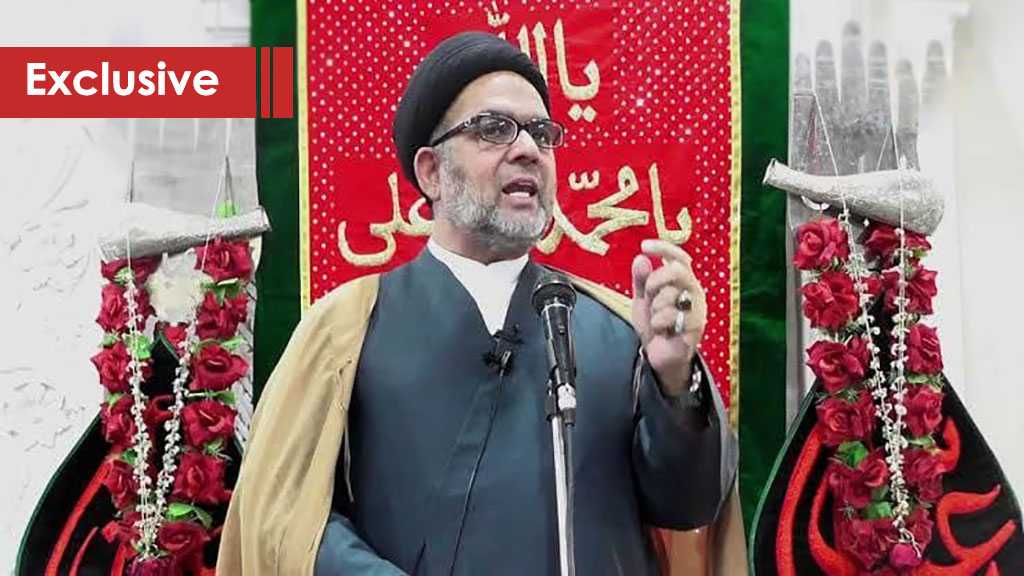
What Sayyed Al-Houthi Didn’t Mention about the Heroes of Yemen

By Charles Abi Nader
It was remarkable and expressive what the leader of "Ansarullah" movement, Sayyed Abdul Malik Badreddin al-Houthi, said about the importance of the role and position of both the Palestinian and Lebanese resistance in impeding the ‘Israeli’ enemy from extending and expanding further; especially in what he referred to about the Arab reality being affected by the failures, and its failure to positively embrace the role of these two resistances, as successful models that withstood and confronted the enemy in the beginnings of its attacks, expansion and occupation.
This is in regard of the role and position of the Palestinian and Lebanese resistance as two main focal points in confronting and resisting the ‘Israeli’ enemy. But what Abdul Malik al-Houthi did not mention, which history has to remember, is all about the importance of the role and position of the Yemeni people: First, their survival and persistence for more than six years against the coalition of aggression. Second, and the most important, Yemen’s role as a strategic focal point that blocked all the defeatism and normalization projects that ‘Israel’ and the United States of America had bet on and tried to implement them using Gulf Arabs, who were supposed to be fraternal and friendly.
It can be said that Yemen played this historic role, as its army, popular committees, and Ansarullah units stood up against a broad coalition of capable and empowered countries, in a financial, military, media and diplomatic way. The coalition’s target was beyond the Yemeni interior in terms of politics, opposition and reform, and was far from the goal of restoring lost legitimacy that lost its existence, its reasoning and its legitimacy; Its actual target was deleting the ideology, methodology and decision of the resistance against normalization and defeat.
The aggression, and its supporters, chose Yemen as a targeted and attacked point, because of its vital strategic location, which geographically constitutes the linking and communication point between the vital maritime extension of Iran, the leader of the resistance axis, on one hand, and the real field of confrontation against ‘Israel’ on the other hand, starting from the southern coasts of Yemen through Bab al-Mandib and the Red Sea, along with Lebanon and Gaza. At a time where Yemen was supposed to act like the weak resistance party, surrendering and collapsing in front of the dependence and normalization wave, in order to become the symbol of the breakdown in which other parties of the Axis of Resistance in Lebanon, Gaza and elsewhere would join it, Yemen surprised everyone, both in the region and in the world, with its fortitude and persistence. Contrary to what the aggression and its supporters wanted, it was a unique example of fortitude, strength and resistance.
With their cohesion in battle and fights, and their persistence against the storm, bombardment, siege, and destruction waves, the Yemeni people have shaped the ground and the confrontation imposing a historic situation. Contrary to what the coalition of aggression and its supporters wanted, they were an example of the strange model that was able to impose strategic equations, which no one in the region and the world would have imagined they could impose.
Those who follow, honestly and objectively, the qualitative capabilities and strategic weapons of the Yemeni people, will consider it as a miracle or a supernatural phenomenon. Those besieged units, which were and are still subjected to concentrated air and missile attacks on a daily basis for six years, have exceeded their normal manufacturing capacity and come up with their own missiles and drones that killed a number of aggression members by its strategic depth, at distances of approximately thousands of kilometers, and went beyond the most sophisticated and effective scientific air defense systems, putting the aggression and its supporters at great risk of isolating its vital facilities, which form the basis of its economy and its financial, national and political balance.
Army units, committees and Ansarullah fought against mercenary forces and coalition forces of aggression backed by the most advanced weapons, peer-to-peer fighting. At first they were always ready, desperately defending the capital Sanaa, the borders, the western coast, and specifically al-Hudaydah and its surroundings, to switch into the attack mode and develop its field movement towards the liberation of most of the areas controlled by the aggression and its mercenaries. Despite the pressure, siege, and destruction, the army units, committees and Ansarullah have moved from a target position attacked by regional and international forces to an attacker who became targeting the depth of these forces, imposing the equation of deterrence and the balance of terror and power on them, specifically attacking inside Saudi Arabia, threatening entire cities and regions.
At the end, the importance and sensitivity of the role played by the people of Yemen - through their resilience against aggression – will appear more and more, and day by day, by impeding a large-scale project, which was prepared for the region and the Arabs, especially for the countries that still carry in their mind, their work and their stance the spirit of pride, resistance and confrontation. So the steadfast Yemen is the pillar and core of the axis of resistance and thanks to the sacrifices of their martyrs, the strength of their fighters and the wisdom of their commanders, it has imposed a fortified position in this axis that no force can bypass it, its role, and its position.



